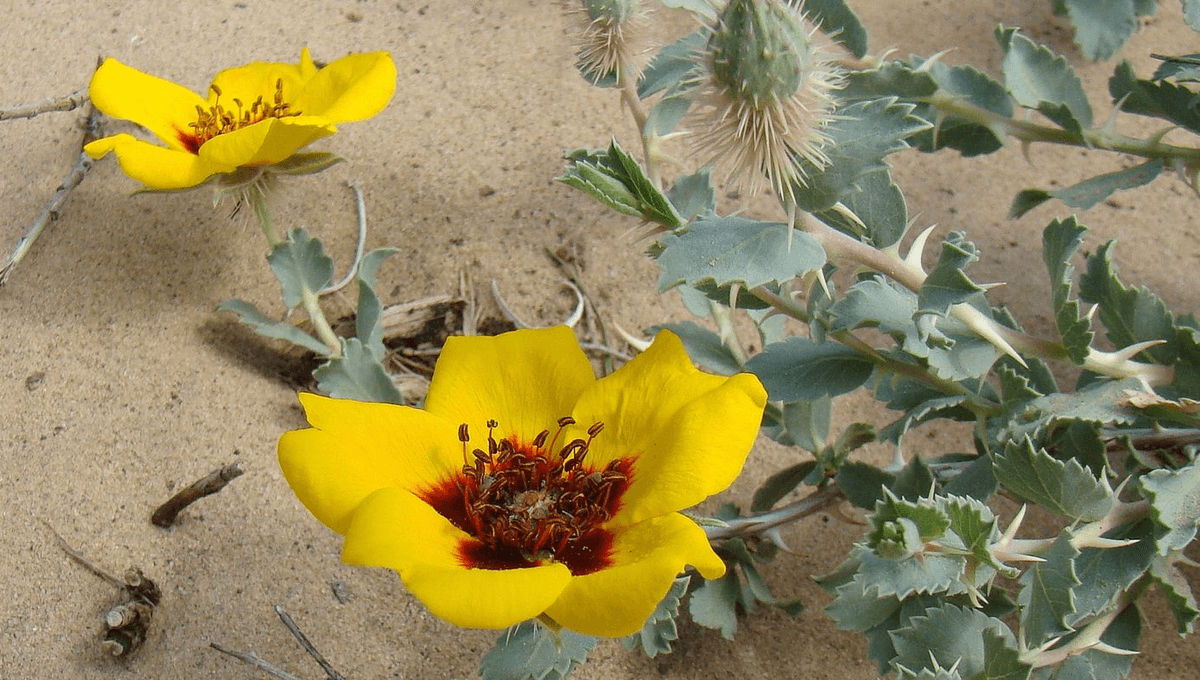
A genomic analysis of roses has shown the ancestral rose was not red, white, or pink but yellow, which would have proven deeply frustrating to those in search of a rhyme. The work provides a description of the ancestral rose, including the number of petals. The scientists responsible for this discovery expect it will make it easier for rose breeders to combine the characteristics they want in future. It could also be useful for prioritizing conservation efforts.
Many plant species were once wildly diverse, but only a lucky few varieties got selected for agriculture, either by virtue of producing more of what humans wanted or by being in the right place at the right time. Industrial agriculture has narrowed things down considerably further, making for far greater efficiency, but also more vulnerability to disease or climatic shifts.
What is true for the crops we depend on for food also applies to roses. Just as with foods, there are often benefits to finding the remaining diversity in the wild for cross-breeding. We could do that faster and more effectively if we understood the relationships within the rose family tree. An attempt to explore rose genetics has been revealing about their ancestry.
The genus Rosa contains at least 140 species, and within these there are an estimated 35,000 varieties (cultivars) grown. The average flower appreciator may only distinguish roses by color or scent, but to breeders and botanists there are many other important characteristics. With roses making up 30 percent of the global cut flower market, serious amounts of money depend on improving that understanding.
A team led by Professor Chao Yu of Beijing Forestry University collected samples from 80 wild Chinese species, and have provided a complete genome of Rosa persica, a desert species, which, unlike previous versions, is free of gaps. Their work allowed them to reveal what they say is “The botanical origin, phylogenetic relationships and evolutionary history of Rosa,” and provide a map for future breeding.
In the process, the team think they can identify the characteristics of the ancestral rose, from which all modern roses descend. If they are right, its flowers were yellow and without petal spots, although it was probably in China, not Texas, which might have embarrassed the Confederate cavalry.
Most likely, the flower was simple – features such as a double row of petals were probably rare mutations someone liked and promoted. Leaflets on the bushes are thought to have come in sevens. White roses were probably an early development, with red and pink only becoming common much later to meet the preferences of humans, rather than insect pollinators.
Roses are an ancient plant – their time in gardens a mere tick of time. The authors attribute differences between Banksianae, a Chinese subspecies known for its white and yellow flowers, and other rose plants to changes in Chinese geography caused by the most recent bout of Himalayan mountain building starting 23 million years ago. The accompanying reduction in global rainfall and temperature reduced roses’ ranges and therefore population numbers. However, Banksianae recovered around 200,000 years ago.
The authors also note that there was once a much greater variety of rose fragrances, but these declined as breeders came to focus on disease resistance and long vase life.
Yellow roses are culturally associated with jealousy and infidelity, although florists have worked hard to shake that association, flowers for betrayal being a limited market. Perhaps the yellow roses are jealous of their more successful descendants.
The work demonstrates that plenty of characteristics survive in the wild that breeders may wish to restore. Just think twice if Nick Cave suggests you help him look for them.
The study is published in Nature Plants.
Source Link: All Roses Were Once Yellow. Fortunately For Poets, That Changed